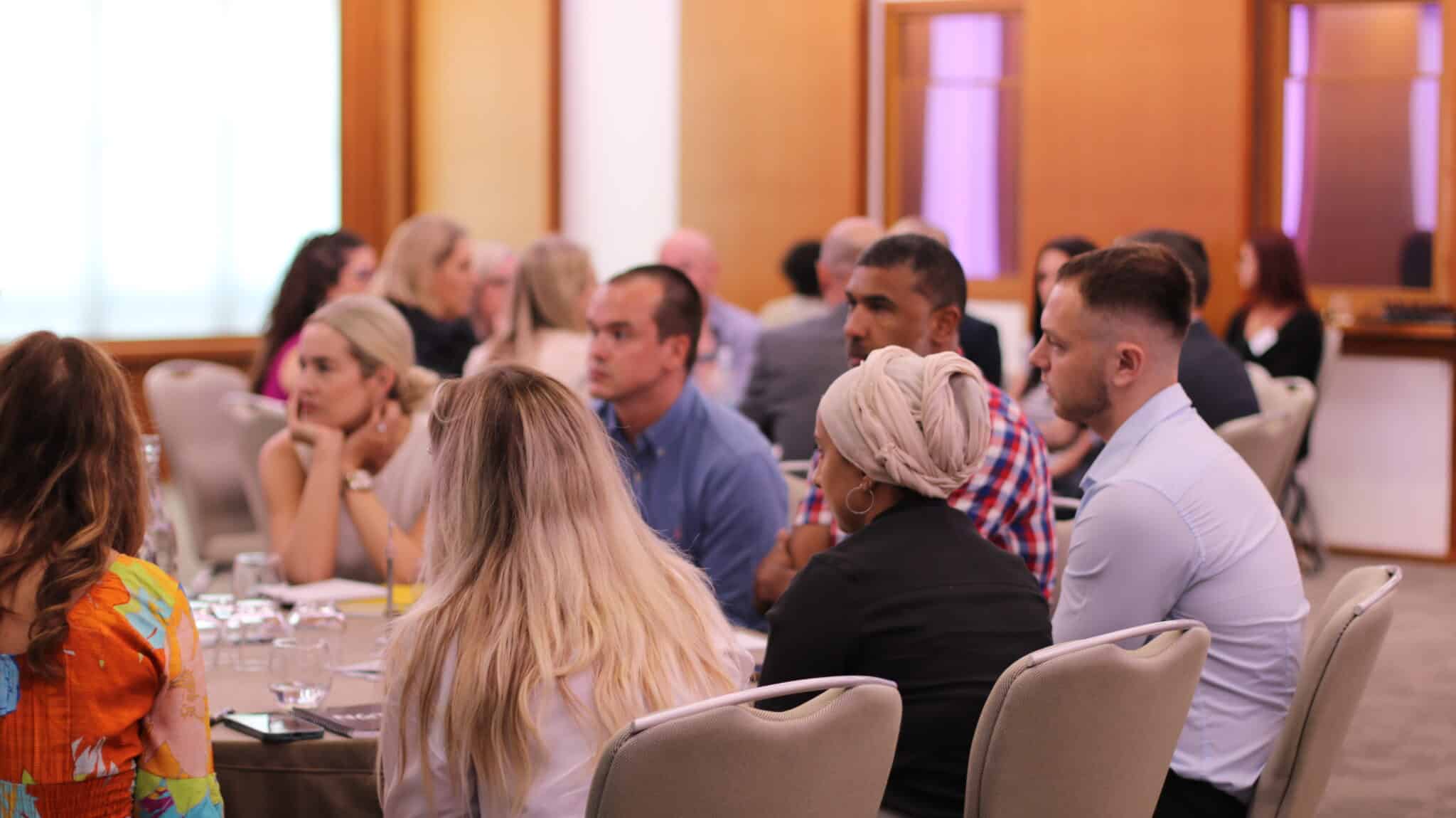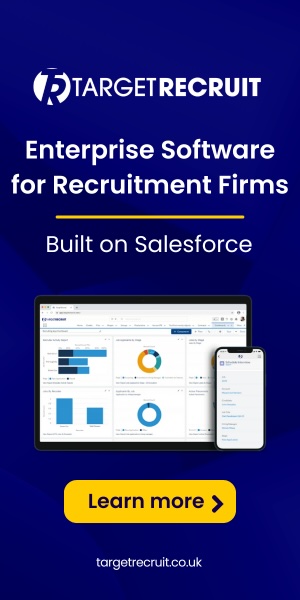Workforce planning, once a straightforward endeavour, has transformed into a dynamic challenge for leaders in Talent Acquisition and Staffing industries. In our exploration of the current landscape, we’ve tapped into the invaluable insights of industry experts, shedding light on the trends and challenges that define contemporary workforce planning.
Ongoing transformation and strides in demand planning
Planning a workforce in a market that is constantly in flux is ongoing. According to Annelise Smith, Managing Director at Lorien, there’s been shift in recent years towards the quest for consistent strategic workforce planning. Annelise said, “Despite challenges such as data accessibility and strategy execution, organisations are making significant strides in demand planning and are increasingly embracing skills-based hiring.”
Adaptability and technology in the face of emerging roles
There is certainly a necessity for adaptability and potential in response to emerging roles.
Ian Lee-Emery, Founder and CEO at Head Light made the observation that shifts in business strategy and identifying candidates now requires a focus on adaptability and a proactive attitude toward future progression. He also noted the pivotal role of technology, acknowledging its dual impact of widening the candidate pool and introducing challenges in managing candidate inundation. The call for advanced technology beyond traditional tools is evident.
Shifts in responsibility and embracing diversity
Ian noted that there is certainly a significant shift in responsibility. While responsibilities were decentralised in the ’90s, there’s now a clear move towards centralisation. He said, “The rise of Diversity, Equity, and Inclusion (DEI) has attracted a more diverse talent pool. Organisations are becoming more attentive to overlooked talent, reflecting a centralised, coordinated effort in workforce planning.”
Upskilling and reskilling
At TALiNT Partners’ final Talent Solutions dinner of 2023, upskilling, reskilling and hire, train and deploy models dominated conversation. There is a definitely a shift towards hiring for skills as well.
Paul Smith, Managing Director at Deploy Recruitment Group, addressed a crucial challenge: upskilling and reskilling employees for the digital economy. Continuous learning and leveraging technology are crucial for scaling and re-establishing the human connection lost in mundane tasks.
Miguel Adams, Director and Managing Consultant at Mongoose Gray, commented that the shift towards a skills-based hiring approach and considering future skills needs are becoming pivotal in progressive organisations.
To thrive in this dynamic environment, Talent Acquisition (TA) must embody qualities of flexibility, boldness, creativity, and negotiation skills
Major shifts and ongoing commitment
Molly Thiel, Chief People Officer at Cielo, identified three major shifts in workforce planning: Extreme economic volatility, a power shift from employer to employee, and evolving candidate demands. She said that in a rapidly changing economic landscape marked by extreme volatility, organisations are grappling with shifts such as downsizing, an abundance or scarcity of talent, and misalignment with rapidly changing organisational needs.
There’s been a significant power shift from employer to employee and it’s reshaped the dynamics of talent acquisition, necessitating new strategies to attract top talent.
Furthermore, the evolving demands of candidates often conflict with what organisations are willing to offer. Molly said, “To thrive in this dynamic environment, Talent Acquisition (TA) must embody qualities of flexibility, boldness, creativity, and negotiation skills.” The conventional assessment of fit based on traditional titles and roles is no longer sufficient, which emphasises the importance of focusing on employee experience to support organisational efforts effectively.
Monique Richards, Managing Director at Aquent Australia, outlined various challenges such as talent shortages, digital transformation barriers, remote work management, skill gaps, and diversity and inclusion goals. She emphasised the ongoing commitment to lifelong learning and intentional efforts in recruitment for achieving diversity and inclusion.
Strategies for aligning workforce planning with organisational goals
In the ever-evolving landscape of business, organisations grapple with aligning their workforce planning strategies with overarching goals. As the business environment undergoes rapid changes, leaders must adopt effective approaches to ensure their teams are equipped to meet the dynamic demands of the market. In this blog post, we’ll explore insights from industry experts on strategies that have proven most effective in this pursuit.
Mark Baker, CEO at Claremont Consulting, emphasised the importance of building a culture of continuous learning and adaptability among employees. According to Baker, “The most effective strategies include building and fostering a culture of continuous learning, development, and adaptability among employees, allowing them to acquire new skills.”
Gig approach and flexibility
Jo Taylor, Head of RPO, EMEA at PeopleScout, suggested that a gig approach is a successful way for companies to flex and change their talent strategy. She believes that rigid hiring processes can hinder a business, especially in uncertain times. She states, “Having too much rigidity and lengthy hiring processes will undoubtedly leave a business behind the pack.”
Sean Moran, Director at Proclinical Engage, highlights the significance of integration with business leaders. Moran believes that collaboration with top teams and the use of sophisticated analytics are key to aligning labour supply and demand. He stated, “Integration with business leaders is key – the top teams collaborate frequently to re-forecast priorities as conditions change.”
Moran further added that forward-thinking organisations embrace ‘open systems thinking’. He mentioned that rather than fixed strategies, the most forward-thinking organisations develop open systems thinking which is regularly gathering inputs, updating projections, shifting directions fluidly as circumstances evolve.
Balancing remote and office work
The clash of the cultures continues to rage and while there has been a dramatic shift towards return to in-person working, there a large number of employers who still promote a mix between hybrid and remote/ flexible working.
Pete Donaldson, Chief Growth Officer at Instant Impact, shared insights from his experience leading a remote-first organisation. Pete said, “We are still a remote-first organisation, but we have recently taken on a larger office space due to our people wanting the ability to work in the office a few days a week.”
While remote work offers unparalleled flexibility, its success relies on a robust strategy that ensures productivity, team unity, and combats potential isolation. Striking a balance between the perks of remote work and the collaborative power of face-to-face interactions is imperative. According to Dina Bay, CEO at PitchMe, “The rise of remote work and the gig economy has indeed created a more flexible and diverse workforce. This, of course, poses challenges, but if talent acquisition and staffing leaders approach these in the right way, there is also a wealth of opportunities to capitalise on.”
Establishing clear and comprehensive remote work policies has become imperative for accommodating a flexible workforce. Talent leaders are crafting guidelines that address communication norms, performance expectations, and technology support for remote employees. Investing in robust digital infrastructure ensures seamless collaboration and connectivity for distributed teams. Dina said emphasised the need for clear remote work policies, stating, “Talent leaders are constantly developing guidelines that address communication norms, performance expectations, and technology support for remote employees.”
Talent leaders are adapting by incorporating contingent workers, freelancers, and part-time employees into the overall workforce planning strategy
Technology integration in recruitment
Adopting and leveraging technology in the recruitment process is no longer a choice but a necessity, especially when engaging with a geographically dispersed talent pool. Dina underlined the critical importance of technology adoption in recruitment. “Also, adopting and utilising technology in the recruitment process is essential for engaging with a geographically dispersed talent pool.”
Flexibility in Talent Acquisition models
Talent acquisition is no longer confined to traditional models. Leaders are now embracing flexibility by incorporating various workforce elements to create a well-rounded talent strategy.
Dina introduced the concept of “workforce pixelation” as a ground-breaking approach to talent acquisition. “‘Workforce pixelation’ is one way of developing such a talent ecosystem. Essentially this is the process of deconstructing the workforce into smaller parts, whether that’s sub-divisions, teams, employees, or even individualised projects and tasks.”
The traditional model of relying solely on full-time employees is evolving. Talent leaders are adapting by incorporating contingent workers, freelancers, and part-time employees into the overall workforce planning strategy. This dynamic mix provides scalability and agility to meet the ever-changing demands of the business.
In conclusion, workforce planning is undergoing a radical transformation, necessitating a strategic, adaptive, and technology-driven approach. From skills-based hiring to embracing diversity and leveraging data analytics, industry leaders must stay agile to thrive in the evolving talent landscape.
As organisations face these challenges head-on, workforce planning remains a critical aspect of sustainable growth and success. The multifaceted approach outlined by industry experts, including continuous learning, adaptability, gig approaches, integration with business leaders, and human-centred strategies, positions leaders to navigate the complexities of the dynamic market successfully. Embracing these innovative practices ensures that organisations are well-prepared to navigate the challenges and capitalise on the opportunities presented by the ever-changing workforce landscape.












